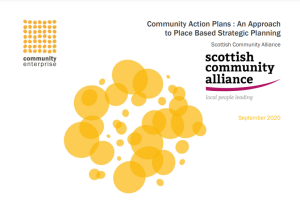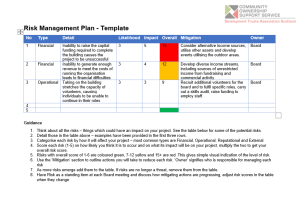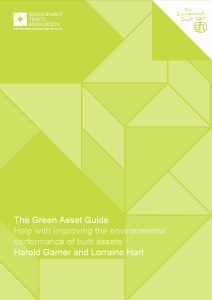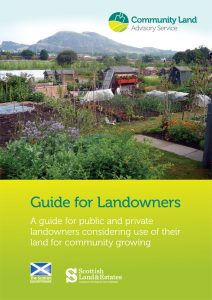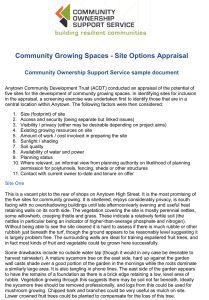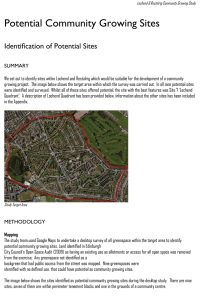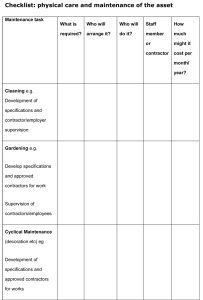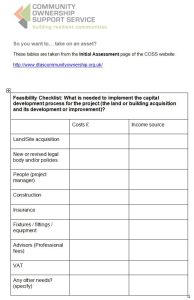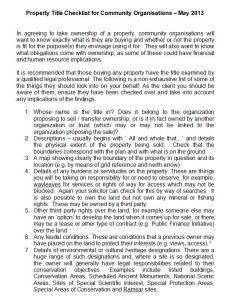Community led action planning is a tried and tested way of setting out a vision for a community with an accompanying set of actions to be delivered over time.
The purpose of this document, having reflected on the history of community action planning, is to set out an ideal process that is effective and will achieve impact, but is also affordable and accessible to local people.
Download PDF
